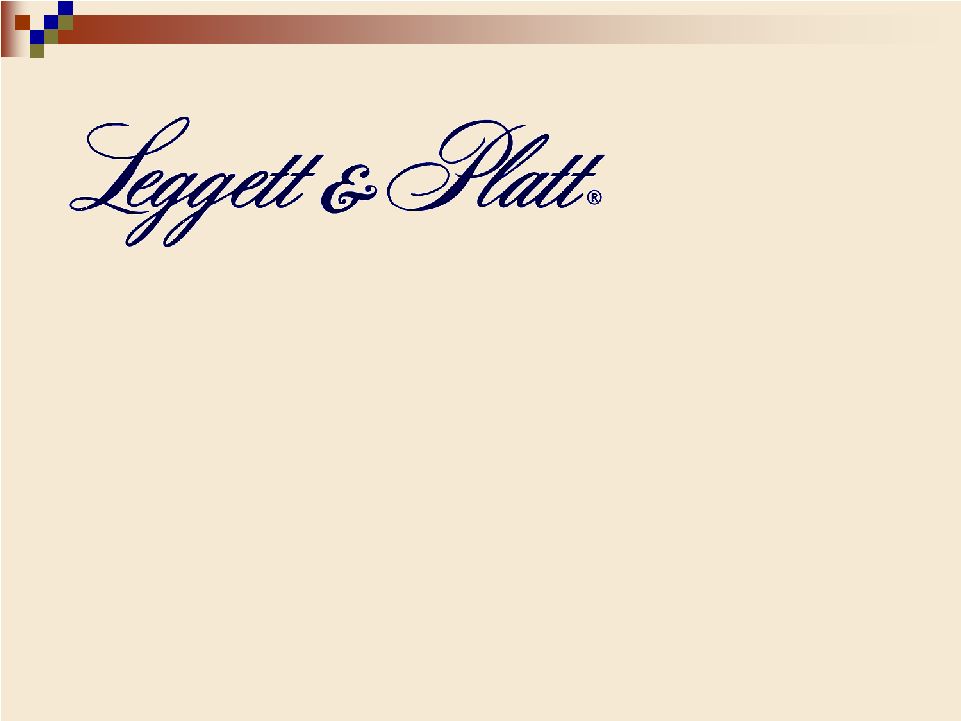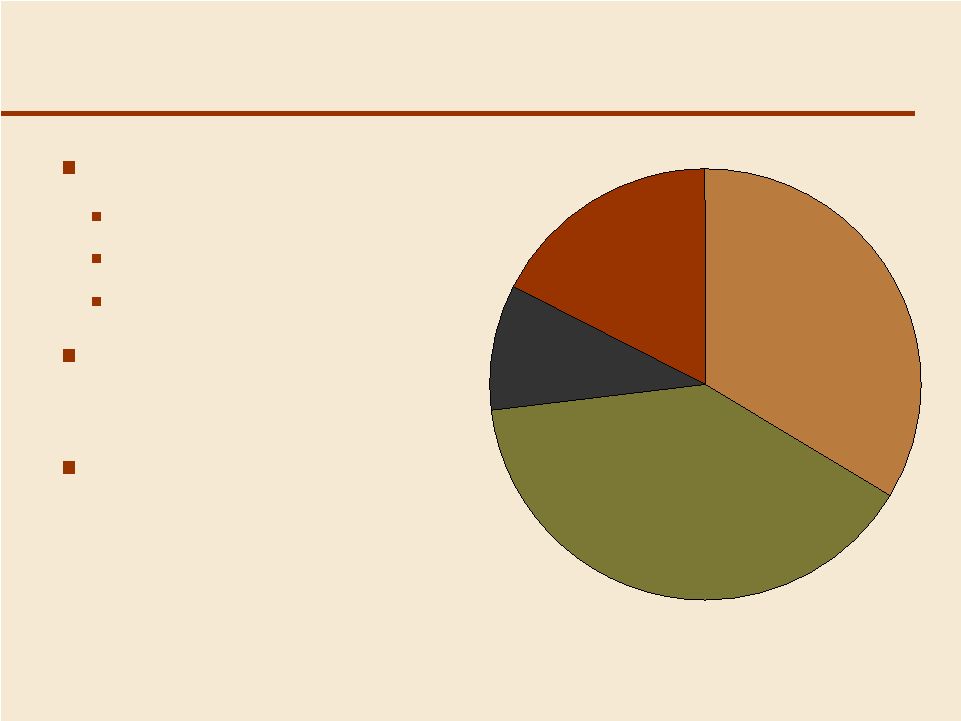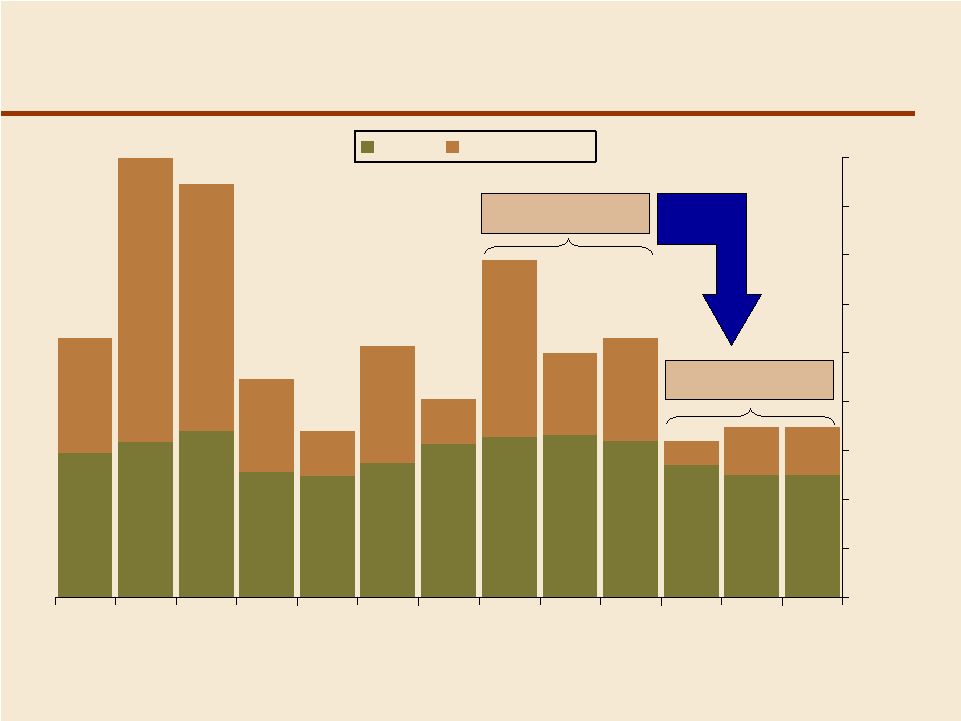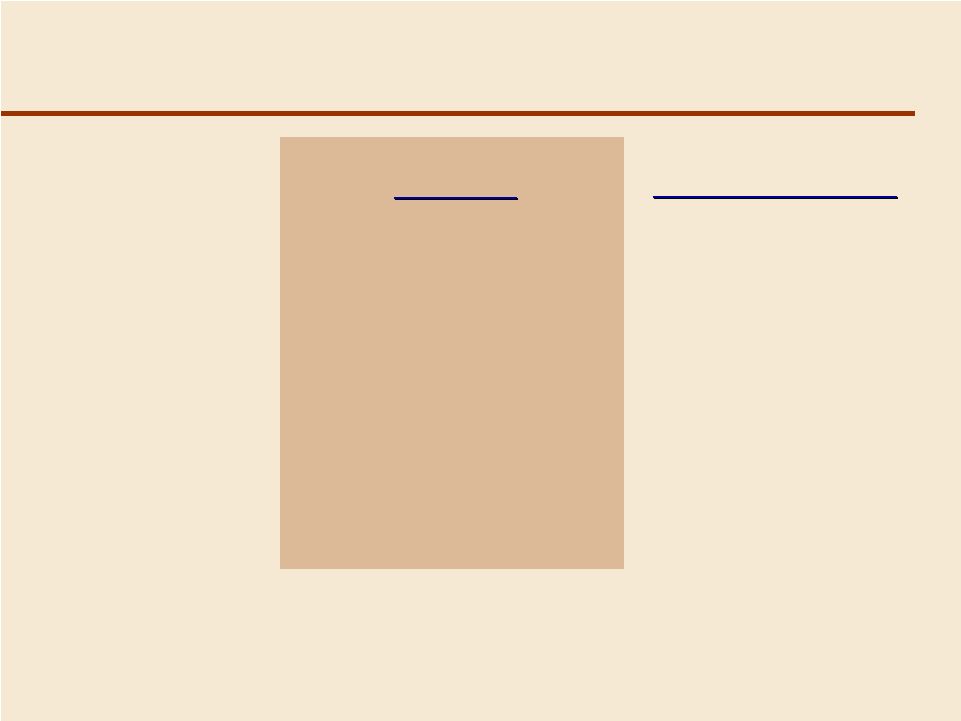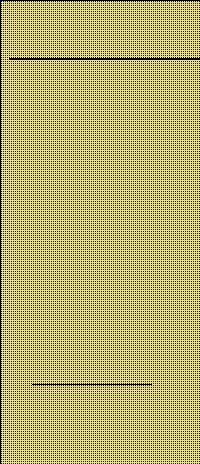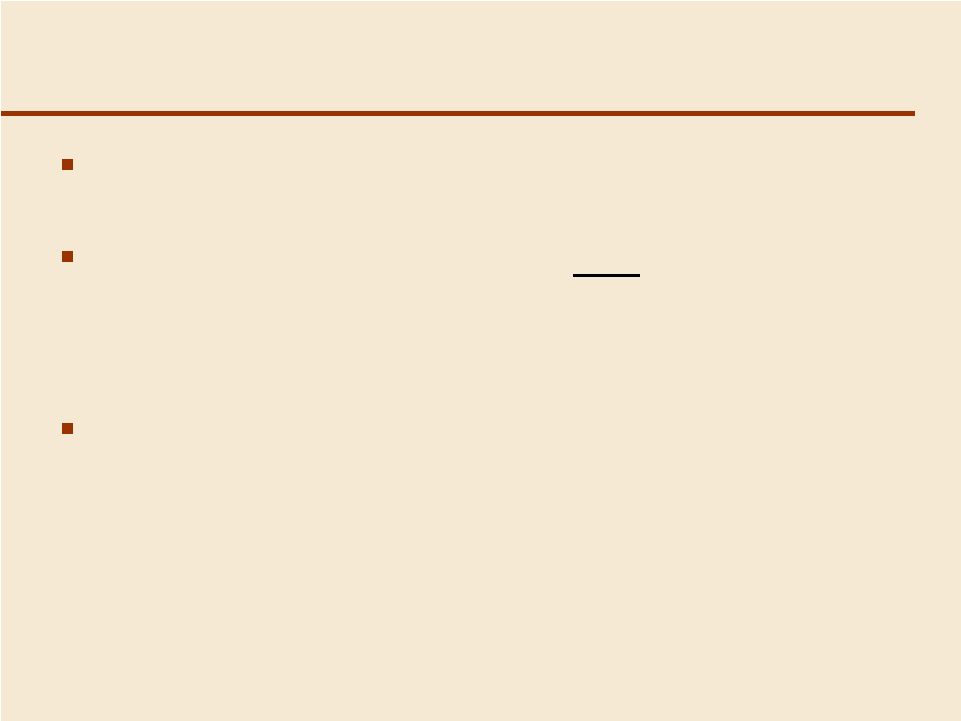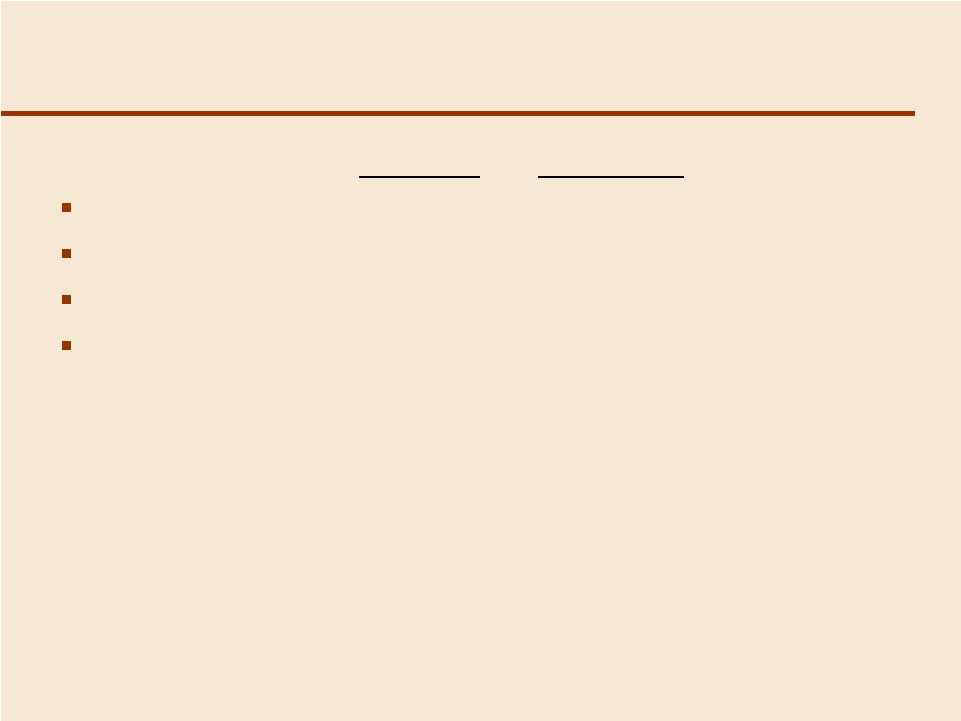Free signup for more
- Track your favorite companies
- Receive email alerts for new filings
- Personalized dashboard of news and more
- Access all data and search results
Filing tables
Filing exhibits
LEG similar filings
- 25 Jan 08 Leggett& Platt Announces 2007 Results
- 21 Dec 07 Leggett & Platt Updates 4Q Guidance
- 18 Dec 07 Departure of Directors or Principal Officers
- 14 Nov 07 Leggett & Platt Announces New Strategy Including Divestitures
- 9 Nov 07 Changes in Registrant.s Certifying Accountant
- 9 Nov 07 Changes in Registrant.s Certifying Accountant
- 17 Oct 07 Leggett& Platt Announces Third Quarter Results
Filing view
External links
